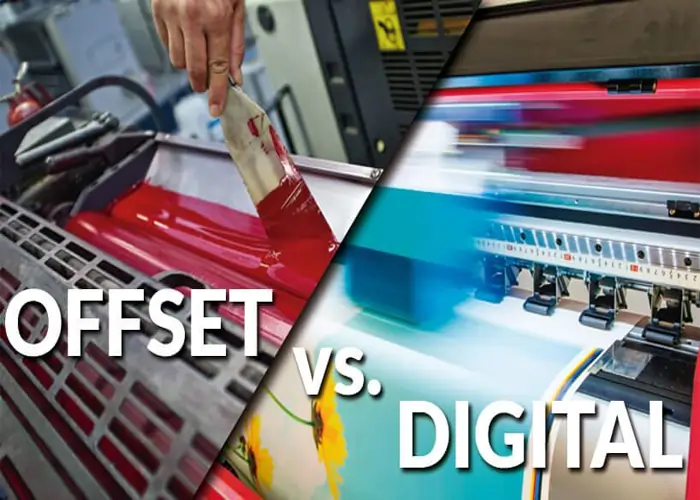Offset vs Digital Printing – What to Choose for Your Packaging Business?

When it comes to custom packaging, print quality makes or breaks first impressions. The two leading printing technologies—Offset Printing and Digital Printing—each offer unique advantages. Choosing between them isn’t about which is “better” overall, but which is better for your packaging business needs: order size, design complexity, turnaround time, and budget.
This guide compares offset vs digital printing for packaging to help you make the right decision.
Offset printing (or lithography) transfers ink from metal plates onto rubber blankets, then onto the packaging surface. It’s the industry gold standard for large-scale, high-quality runs.
Key Features of Offset Printing:
Offset printing is ideal for established brands with stable designs that need tens of thousands of boxes at once.
Digital printing applies ink directly to the packaging surface without plates. It’s flexible, fast, and cost-efficient for shorter runs.
Key Features of Digital Printing:
Digital printing is the go-to for startups, seasonal campaigns, and e-commerce brands that value agility.
| Factor | Offset Printing | Digital Printing |
| Setup Cost | High (plates + setup) | Low (no plates) |
| MOQ (Minimum Order Quantity) | 1,000+ units recommended | 50+ units |
| Color Accuracy | Exceptional (Pantone & CMYK) | Very good (CMYK only) |
| Print Quality | Highest, with sharp detailing | Excellent, slightly less precise on gradients |
| Turnaround Time | Longer (plate making, setup) | Fast (print on demand) |
| Customization | Limited once plates are made | Easy – each unit can be unique |
| Cost Efficiency | Best for high volumes | Best for low volumes |
Best match: Established retail, cosmetics, food, and beverage brands.
Best match: Startups, subscription boxes, small businesses, or D2C brands.
Many brands use digital printing for market testing and small-batch launches. Once demand scales, they switch to offset printing for cost efficiency. This hybrid strategy reduces risk while ensuring quality packaging at every stage.
There’s no one-size-fits-all winner in the offset vs digital printing debate. Your decision should hinge on:
At Buy Boxes Now, we help brands leverage both printing methods to get the best results—whether you’re printing 500 mailer boxes for a campaign or 50,000 retail cartons for nationwide distribution.
Connect with our sales specialists now and secure a prompt, competitive quote for your packaging needs.
Share